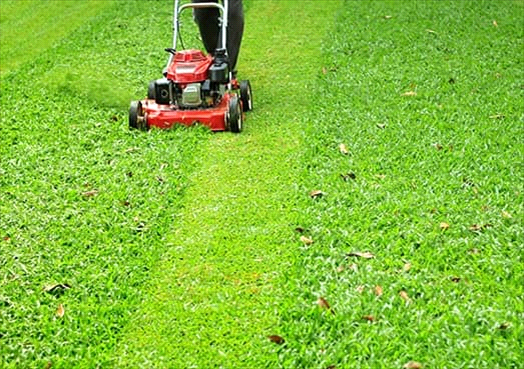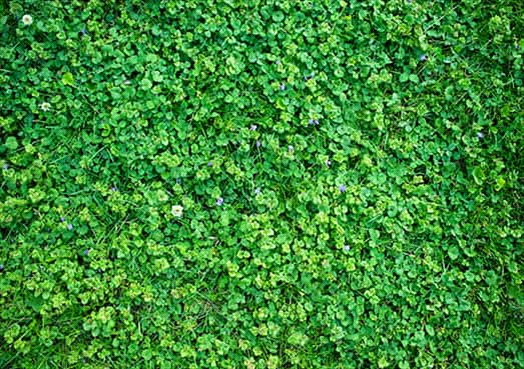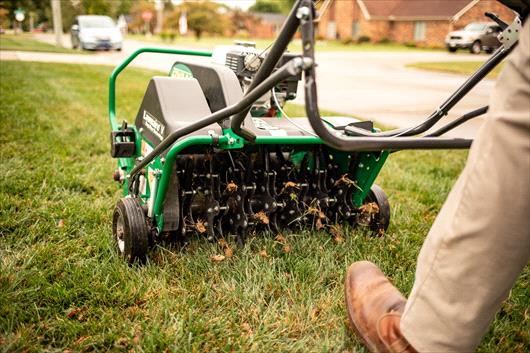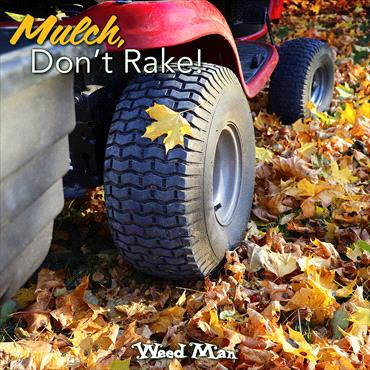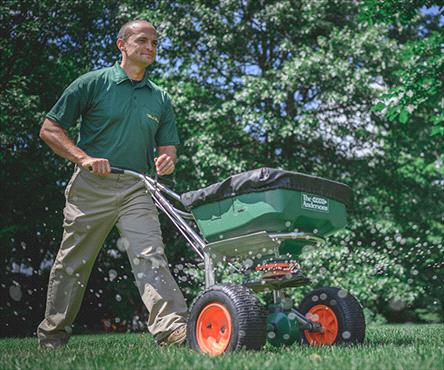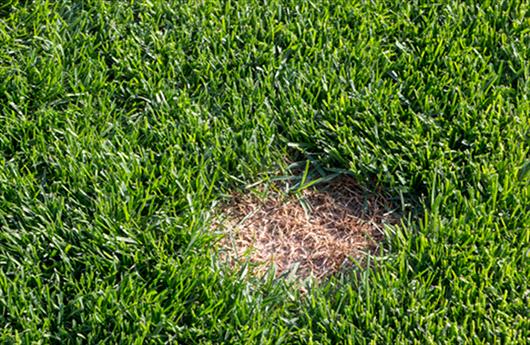Your Cart

Winterizing Your Maritimes Lawn
Why do I need to prepare my lawn for winter? Grass plants in a lawn are living organisms that need to be properly cared for all year round. The harsh winter months in our Maritimes climate are hard on lawns, especially with the freeze/thaw cycle from fluctuating winter temperatures. In late Fall the grass plant begins to prepare itself for the winter and next spring. Winterizing practices are important to build up the lawn’s tolerance to damaging temperature fluctuations and diseases. How should I prepare my lawn for winter? There are several maintenance practices that can help to prepare the lawn for the harsh winter weather. Some of the key ones include: Late Fall Fertilization: Late Fall is a crucial time to fertilize your lawn. During the cool days of Fall, the grass plant slows its top growth and begins storing nutrients and sugars. The storing process continues for as long as the plant is green. The plant is building reserves to maintain its health, and this will determine how well it will green up in the early spring. Using Weed Man’s Proprietary Slow Release fertilizer is the best environmental option as it will keep nutrient losses to a minimum and maximize spring green up. Mechanical Core Aeration: The benefits of Fall aeration cannot be stressed enough. This service reduces soil compaction, excessive thatch and provides topdressing for the lawn. By breaking up compaction and removing excess thatch, the absorption of fertilizer, nutrients, sunlight and air to the soil is greatly improved. This stimulates root growth and in doing so the grass plants can reach and store more nutrients and water to improve its health and stress tolerance. Mowing: Just as mowing below the recommended height in the heat of summer will damage your lawn, so will mowing too short too soon in the Fall. When the cool Fall weather arrives continue to mow at the recommended height so nutrients can be stored for the winter months. For the final few mows of the year, gradually lower your mowing height to 1 cm or ½ inch below the standard mowing height. This will help prepare the lawn for winter and avoid damage from disease when the lawn is matted from the snow. The clippings should be left on the lawn if a mulching mower can be used. This will protect the crowns of the plants and provide additional nutrients for the roots to store for use over the winter and early spring. Raking: It is important to remove all large piles of grass, leaves and other debris that cannot be mulched back into the lawn with your mower. Large quantities of debris will not break down quickly and will damage the lawn by suffocating it. It also gives a moist home to damaging disease organisms. If you have any further questions about winterizing your lawn or have any other questions or concerns, please feel free to contact your local Weed Man® Professional.
 English (CANADA)
English (CANADA)
